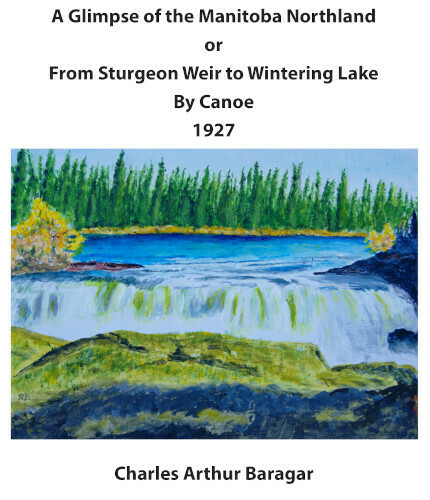A Glimpse of the Manitoba Northland
In 1927, Charles Arthur Baragar took a canoe trip with a fellow physician, Dr. R.P. Cromarty, through northern Manitoba. At that time he was a psychiatrist and superintendent at the Brandon Mental Hospital and Dr. Cromarty a surgeon in the city of Brandon, Manitoba. Their trip lasted 31 days of which 25 were spent in the canoe. They completed, in this time, a 400 mile journey through northern Manitoba from its western border near Flin Flon to Wintering Lake, about half way across the Province. The trip included 35 portages and the assemblage of 20 separate campsites. For the amateur canoeists that they were, this was a commendable undertaking. Their trip and observations have some historical significance for at this time northern Manitoba was beginning a period of mineral development that was to have great significance in opening the northern part of the province to settlement. Flin Flon Mines was in a nascent stage of development and their photographs record some of its primitive mine buildings including a hospital that was then little more than a shack. The end of their canoe trip at Wintering Lake connected with the newly constructed Hudson Bay Railway and they rode the train from there to the end of construction, at that time, just beyond the Nelson River crossing. Their photographs are probably among the earliest taken of the newly constructed bridge at that crossing. This was an early quintessential Canadian adventure showing life, canoeing and camping in an almost pristine wilderness. It is a Canadian adventure that deserves to be remembered.
